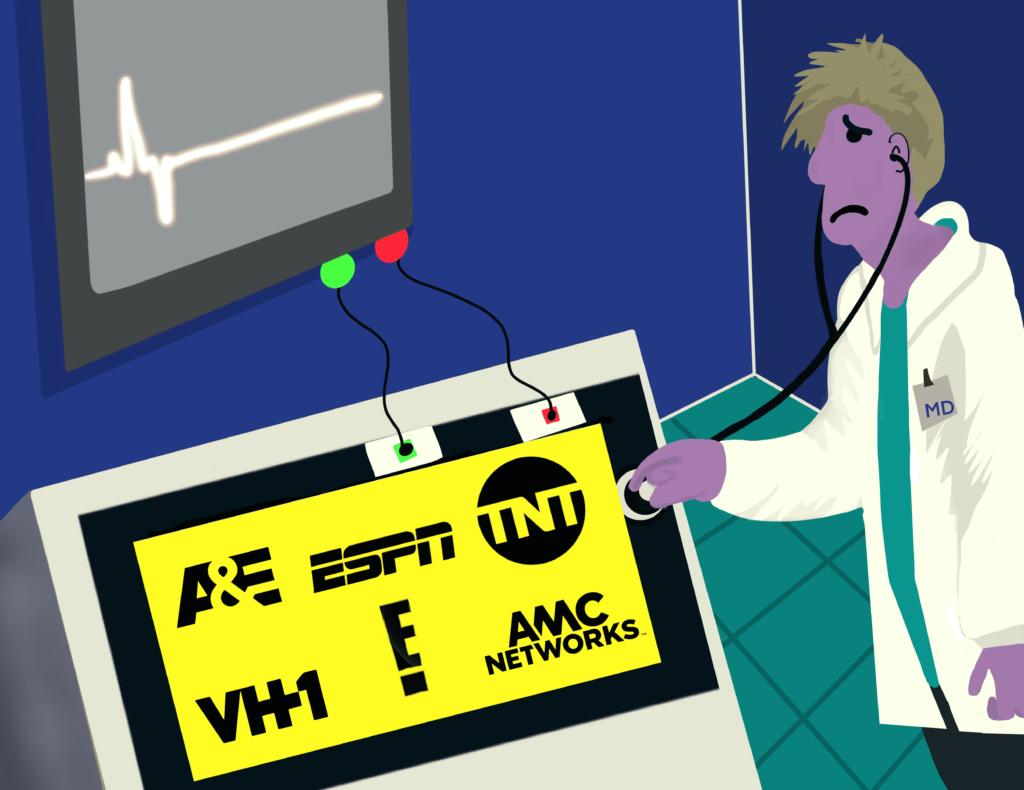Local television, often known as hyper-local television, is important to communities in the United States.
The future of local television broadcasting in the United States is at stake. The current arrangement, which includes content distribution networks such as Syncbak with LocalNow and Samsung Plus, has imposed a disproportionate financial burden on broadcasters. They bear more than two-thirds of the operational costs while earning just around one-tenth of the revenue. This disparity is exacerbated by a slew of technology companies who sit between broadcasters and revenue, each taking a portion of the earnings, leaving broadcasters with an unsustainable proportion.
Broadcasters believe there is little advertising, but there are just too many takers in the chain.
READ MORE: FAST Is A Business Strategy, Not A Newly Created Television Format

What exactly does local television mean to American audiences?
Local television in the United States has a distinct and important role in the fabric of American culture. It is more than just a source of pleasure; it is an important community service that ties people to their immediate surroundings. Here are a few reasons why local television should not be undervalued:
READ MORE: Unleashing The Streaming Revolution: Exploring The Power Of OTT, CTV, And FAST TV
Community Connection: Local television stations create a sense of community that national broadcasters cannot match. They cover local news, events, and topics that are directly relevant to the lives of their viewers, creating a personal and community connection.

Public Service: Local television is frequently the first to notify the community of crises, weather advisories, and other important developments. This service is critical to public safety and cannot be compromised in quality or accessibility.
Local TV contributes to the local economy by encouraging small businesses and covering local job markets. It contributes significantly to the economic growth and prosperity of the areas it serves.
READ MORE: In 2023, What Can We Anticipate From FAST TV?
Cultural Representation: Local stations frequently represent the cultural diversity of the community, offering a platform for local voices and tales that would otherwise go unnoticed.

Educational Content: Many local television stations provide educational content that serves students and lifelong learners, helping to achieve the community’s educational goals.
Political involvement: Local TV promotes civic involvement and informed voting by covering local politics, such as debates and town hall meetings.
READ MORE: What Are The Real Differences Between FAST And Linear TV, Part 2
In essence, local television is a necessary component of American life. Its importance goes beyond the screen, with a significant impact on the social, cultural, and economic elements of the communities it serves. It is a dependable companion for many, and its importance should not be overlooked. The expectation for quality and reliance on local television as a community service are well-founded, and any attempt to reduce its value would be a disservice to the population it faithfully serves.

Is there a way to generate enough revenue to ensure the future of Local TV?
Enter Kapang Adx, a game-changing approach that aims to alleviate these financial discrepancies. Kapang Adx’s revolutionary approach returns two-thirds of the revenue to the broadcasters. It provides 100% ad fill, maximizing revenue while simultaneously giving broadcasters complete control over their linear services. This control is critical for broadcasters to fulfill their legal duties and pay retransmission consent fees.
Kapang Revenue Model Comparison Chart (Download)
The effects of installing Kapang Adx are significant. A local station with an average viewership of one million people has a monthly revenue potential ranging from $250,000 to $750,000. This is in stark contrast to alternative options that may cost $75,000 to $150,000, even if they get 100% ad fill. Kapang Adx’s concept not only offers more equal revenue sharing, but it also empowers broadcasters to create the programming they want, ensuring the long-term viability and success of local television broadcasting.
Radiant TV, offering to elevate your entertainment game! Movies, TV series, exclusive interviews, music, and more—download now on various devices, including iPhones, Androids, smart TVs, Apple TV, Fire Stick, and more.


